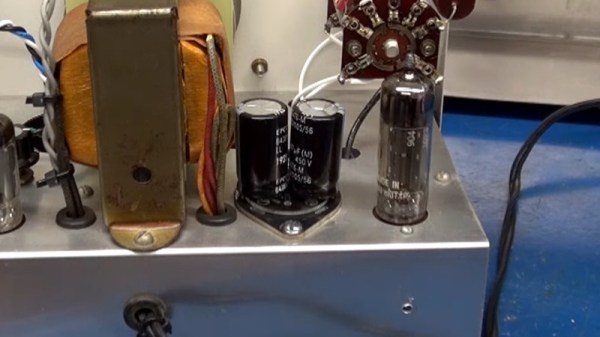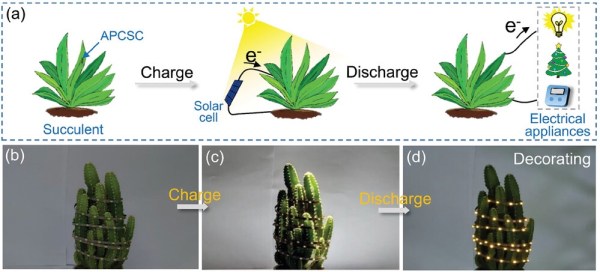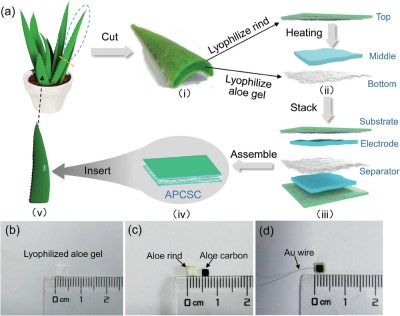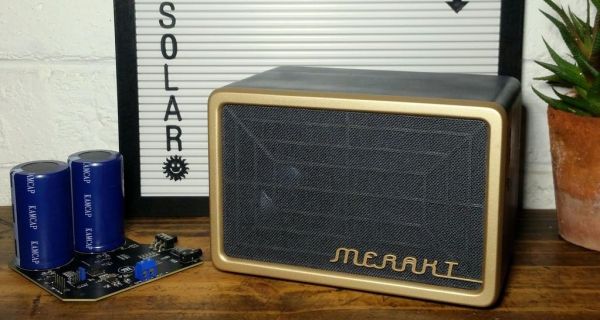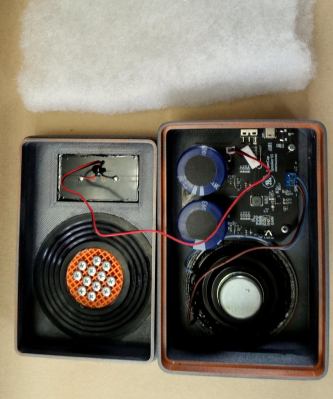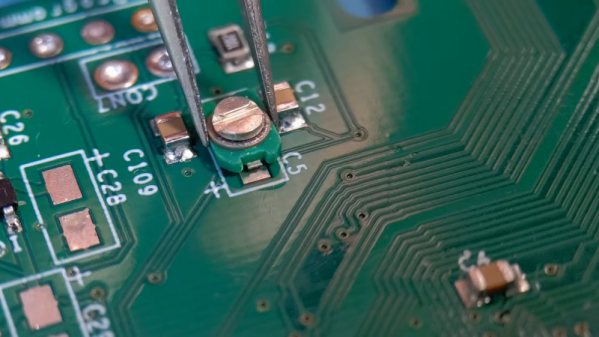Anyone who’s worked with older tube-based equipment will be familiar with the type of vintage electrolytic capacitor which integrated several capacitors into one can. Long obsolete, they can be bought as reproduction, but unfortunately at an eye-watering price. [D-Lab Electronics] introduces us to a solution using a very useful kit, that it’s worth sharing.
The piece of equipment in the video below the break is a rather lovely Heathkit oscillator, following the familiar phase shift model with a light bulb in its feedback loop. It’s a piece of test equipment that produces a low-distortion sine wave output, and would still be of use to an audio engineer today. He replaces the capacitor with two modern ones on a multi-cap board from [W8AOR], who sells a variety of these kits for different configurations.
We’ve done this very repair more than once, and it has usually involved wiring, heatshrink sleeving, hot glue, and cable ties, looking very messy indeed. It’s not that often that a kit catches our eye as this one has, but we know we’ll be finding it useful here some time in the future. Meanwhile if you’d like to know why this oscillator has a light bulb, take a look at our piece on distortion.
Continue reading “Multi-way Capacitor Replacement Without The Pain”

